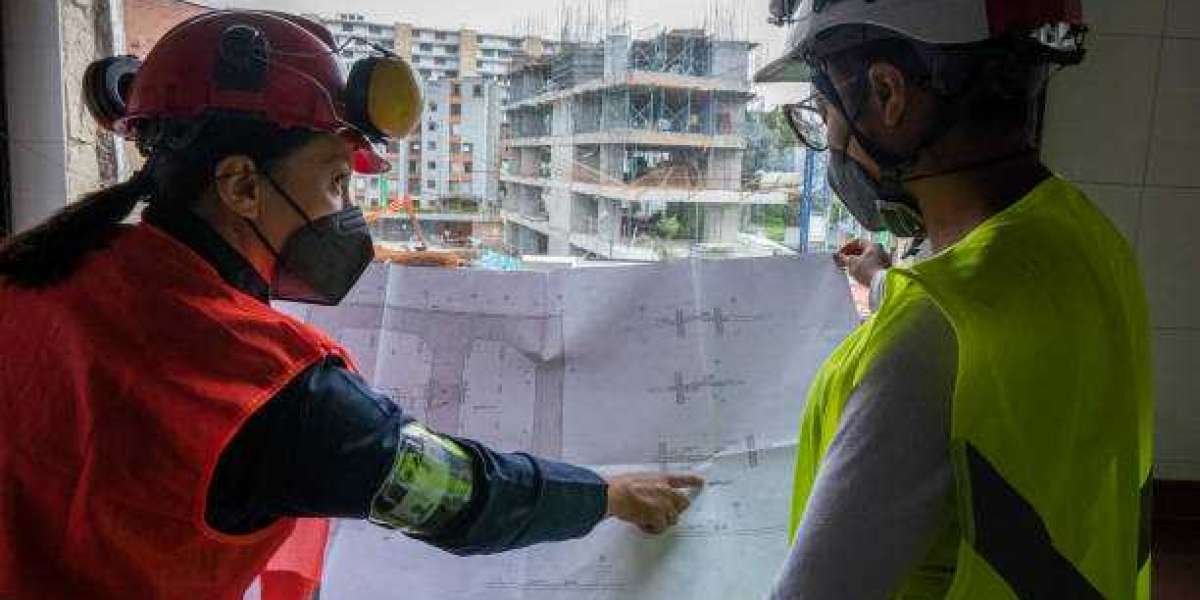Emergencies at work can happen without warning. They might be fires, sudden storms, power outages, or other unexpected events. Being prepared helps protect everyone and keeps things under control. When you know what to do before and during an emergency, you can stay safe and help others do the same. In this article, you will learn simple and important steps to prepare for workplace emergencies.
For more tips on using technology to stay prepared and ahead during emergencies, check out Smart Moves: Using Tech to Stay One Step Ahead in a Crisis.
Learn About Possible Dangers
The first thing to do is understand what kind of emergencies could happen where you work. Every place is different. Some workplaces might be at fire risk because they use machines or flammable materials. Others may be more likely to face storms or floods, especially near a river or coast. Some workplaces might have chemical spills or medical emergencies.
Knowing what dangers might happen helps you prepare the right way. You can ask your manager or safety officer about risks. They usually have information on the types of emergencies the workplace may face. Understanding these risks is the first big step in staying safe.
Create a Clear Safety Plan
Once you know the risks, it’s crucial to have a clear safety plan. This plan should explain what everyone should do if an emergency happens. The plan will include leaving the building quickly and safely, and where to meet once outside. It will also tell you how to communicate with your coworkers and emergency responders during the situation.
This plan is sometimes called an Emergency Action Plan. It is essential to have this plan written down and easy to find. Everyone in the workplace should know where to find it. A good plan helps prevent confusion and panic during an emergency.
Make Sure Everyone Understands the Plan
Having a plan is not enough if people don’t understand it. Everyone in the workplace should learn the plan well. This includes knowing where the exits are, what alarms sound like, and where the safe meeting spots are outside the building.
It’s helpful if new employees get trained on the plan when they start working. This way, everyone stays prepared and ready to act quickly if something happens. The team can work together to stay safe when everyone understands the plan.
Practice Regular Emergency Drills
One of the best ways to prepare is by practising the plan. Fire drills are the most common practice, but workplaces can also practice other emergencies. These drills help people remember what to do.
When you practice, you get used to leaving the building calmly and quickly. You also learn to follow the right path to the meeting place. Drills help reduce fear and confusion. The more you practice, the more confident you feel.
Workplaces usually schedule drills regularly. Sometimes they happen once every few months or at least once a year. If your workplace does not practice drills, you can ask your supervisor about setting some up.
Know Who Does What
During an emergency, different people might have different jobs. For example, some workers help guide others to safety. Others might check to make sure no one is left behind. Managers or safety officers might communicate with emergency services.
Knowing who is responsible for each task helps things go smoothly. When everyone knows their role, they can work together and keep calm. If you have a special job during emergencies, learn how to do it well.
Keep Emergency Contact Information Handy
It is important to have quick access to phone numbers for emergency services, such as the fire department, police, or medical help. Your workplace should have a list of emergency contacts, which might include local hospitals or utility companies.
Make sure you know where to find this information. This list is posted on a bulletin board or kept near phones in some workplaces. Having these contacts ready helps you get help fast when needed.
Stay Informed During an Emergency
Emergencies often come with little warning. Sometimes, you might hear alarms or announcements. Other times, you may get messages on your phone or the radio.
Knowing how to get updates is important. Your workplace might have an alert system that sends messages during a crisis. Listen carefully to instructions from leaders or safety personnel. Following their directions helps keep everyone safe.
If the power goes out or phones stop working, it’s good to know backup communication methods. Some workplaces use walkie-talkies or signal flags in these cases.
Prepare Emergency Supplies
Having emergency supplies can make a big difference. Your workplace should keep items like first aid kits, flashlights, batteries, water bottles, and blankets in easy-to-reach places.
First aid kits help treat minor injuries before medical help arrives. Flashlights are useful if the power goes out, especially in dark places or at night. Water is essential if you must wait outside for a long time. Blankets can help keep people warm if the weather is cold.
It’s also smart to know where these supplies are kept. During an emergency, you don’t want to waste time searching for them.
Learn Basic First Aid
Knowing how to give simple first aid can help save lives. You don’t need to be a doctor, but learning how to treat cuts, burns, or how to do CPR can be beneficial. Many workplaces offer first aid training to employees. If your workplace does, try to join the class.
Having a few people trained in first aid is very helpful for emergencies. They can assist injured coworkers until professional help arrives.
Stay Calm and Focused
One of the most important things you can do during an emergency is to stay calm. When people panic, they might make mistakes or cause accidents. Staying calm helps you think clearly and follow the safety plan.
If you stay calm, you can help others stay calm too. This makes it easier for everyone to work together and get through the emergency safely.
Help Others When You Can
If you see someone who needs help, like a coworker who is hurt or scared, offer your support. Helping others can make a big difference during emergencies. But always remember to keep yourself safe first.
Sometimes helping means guiding someone to an exit or calling for medical help. Small acts of kindness and teamwork help everyone get through emergencies better.
Review and Update Your Safety Plan Regularly
Emergencies and workplaces change over time, so your safety plan should change, too. It’s a good idea to review the plan every year or whenever something important changes at work.
Checking the plan helps you fix any problems and improve it. You can update contact information, add new safety tips, or change meeting spots.
Final Thoughts
Preparing for workplace emergencies is very important. It can keep you, your coworkers, and your workplace safe. Start by learning about the risks and making a clear plan. Practice that plan often so everyone knows what to do. Know your roles, stay informed, and keep emergency supplies ready.
Remember to stay calm, help others, and review the plan regularly. Being ready might seem like extra work, but it can save lives. Taking these simple steps helps create a safer workplace for everyone.







